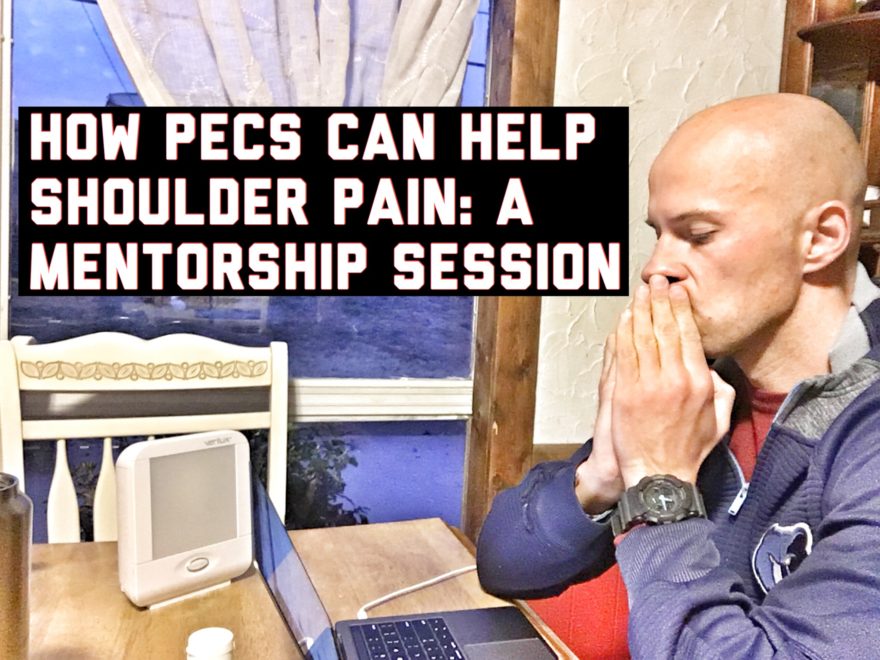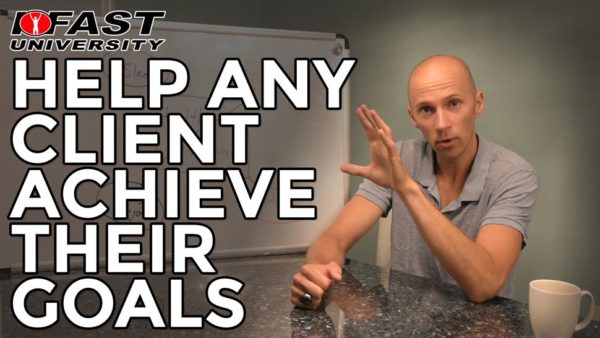Tag: copenhagen adduction

How Pecs Can Help Shoulder Pain: A Mentorship Session
I recently did a mentorship session with my good friend, movement consultation partner, functional medicine guru, and #bae, Dave Rascoe…

Help Any Client Achieve Their Goals
I recently did a little spot on IFAST University regarding how I approach, assess, and progress people along the physical…
